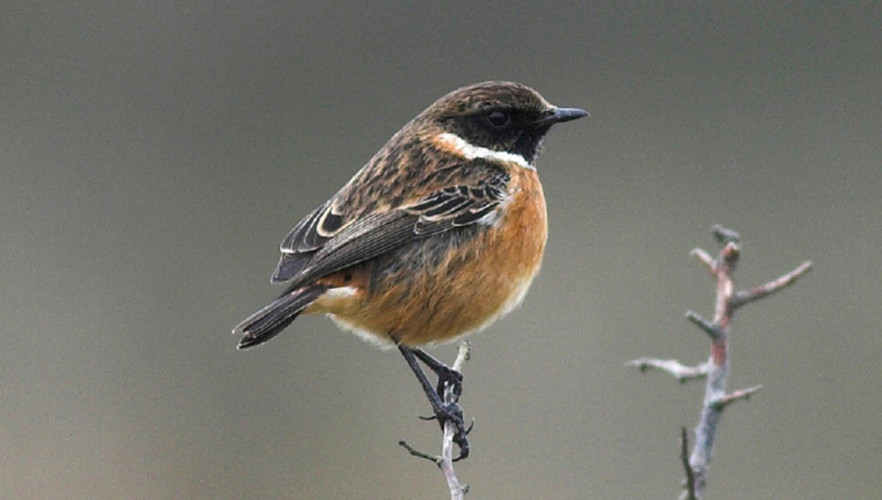
BirdTrends 2023
Read BTO’s BirdTrends 2023 Report
BTO’s BirdTrends 2023 report provides summary information about the population status of the common breeding birds of the wider UK countryside.
More DetailsLatest Publications

Farming in Project Landscapes – Turtle Dove Monitoring Project, 2024 Report
Acoustic monitoring of Turtle Doves

Ryevitalise – Bats and Ancient Trees 2020–2024 Report

Evaluating protected area coverage for migratory bird species across space and time
Many species of migratory bird are in decline, and one of the issues they face is habitat degradation or loss of at some, or all, of the stages of their annual cycle.

LifeCycle issue 14, Winter 2024-25
Issue 14 of LifeCycle contains articles on monitoring England's only breeding colony of Goldeneye, researching Shelduck migration, colour ringing Water Pipits, collecting moult data, organ

Cumulative barriers to renewable energy development: can we adjust our perspective and approach to benefit biodiversity?

Current understanding of how climate change affects seabirds varies between regions and species in the North-East Atlantic
Seabirds are particularly vulnerable to the effects of climate change, with previous research by BTO

Extreme migratory connectivity and mirroring of non-breeding grounds conditions in a severely declining breeding population of an Afro-Palearctic migratory bird
This study used a combination of geolocator and GPS tracking devices, fitted to Nightingales at both their UK breeding grounds and their non-breeding grounds in West Africa, to provide data on thei

Status and distribution of Rook Corvus frugilegus in Wales in 2022/23

Tree taxon effects on the phenology of caterpillar abundance and biomass
The reliance of many woodland breeding birds on caterpillars to feed nestlings in spring has received considerable research attention, as birds often respond less to temperature change than caterpi

Impacts of highly pathogenic avian influenza on seabird populations in the North Sea are detectable in sea-watchers’ migration counts
The UK's breeding seabird populations were devastated by HPAI outbreaks in 2022 and 2023.

Modelling population‐level impacts of wind farm collision risk on Welsh Red Kites

The Breeding Bird Survey of the United Kingdom
BBS data have been widely used in research over the past three decades, and they have always been available upon request.

Factors influencing nest site selection in a rapidly declining shorebird, the Eurasian curlew
This paper reports on work done studying Curlew in the New Forest, in collaboration with the University of Bournemouth, and in association with the Game and Wildlife Conservation Trust.

Seabird Population Trends and Causes of Change: 1986–2023, the annual report of the Seabird Monitoring Programme
SMP Annual Report 1986–2023
The latest seabird population trends in breeding abundance and productivity using data from the Seabird Monitoring Programme (SMP).

Temperature sensitivity of breeding phenology and reproductive output of the Common Redstart (Phoenicurus phoenicurus)
Although in general there is not a strong signal that climate change is causing a sufficient mismatch between avian predators and their insect prey, such as caterpillars, flies and other insects, t

How to make land use policy decisions: Integrating science and economics to deliver connected climate, biodiversity, and food objectives

Decline in the numbers of Eurasian Oystercatchers Haematopus ostralegus on the Exe estuary Special Protection Area
The study found that kleptoparasitism by Carrion Crows and Herring Gulls could help to explain the trends observed on the Exe Estuary.

LifeCycle issue 13, Autumn 2024
Issue 13 contains articles on monitoring Kestrels, highlights a Stonechat monitoring project in the New Forest and a Goosander-tagging project in Scotland, and sheds light on some unusual Rock Pipi
Improving acoustic species identification using data augmentation within a deep learning framework

Watching Out for Waders: The Working for Waders Nest Camera Project
Low rates of nest and chick survival, caused mainly by predation, have driven large declines in breeding wader populations across Scotland.






Share this page